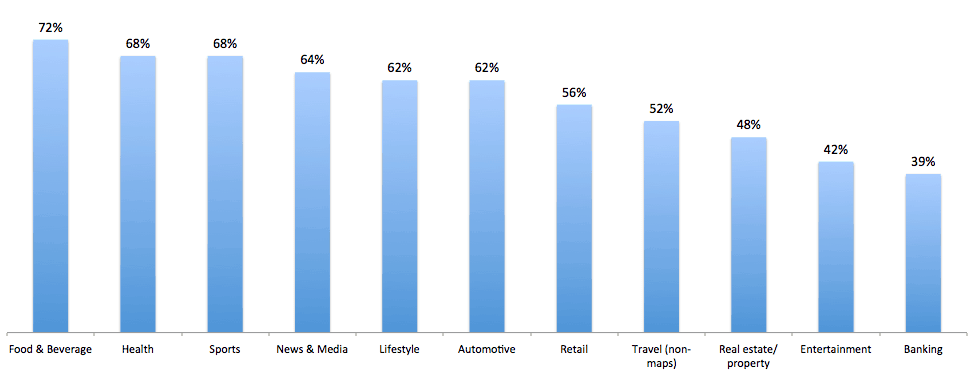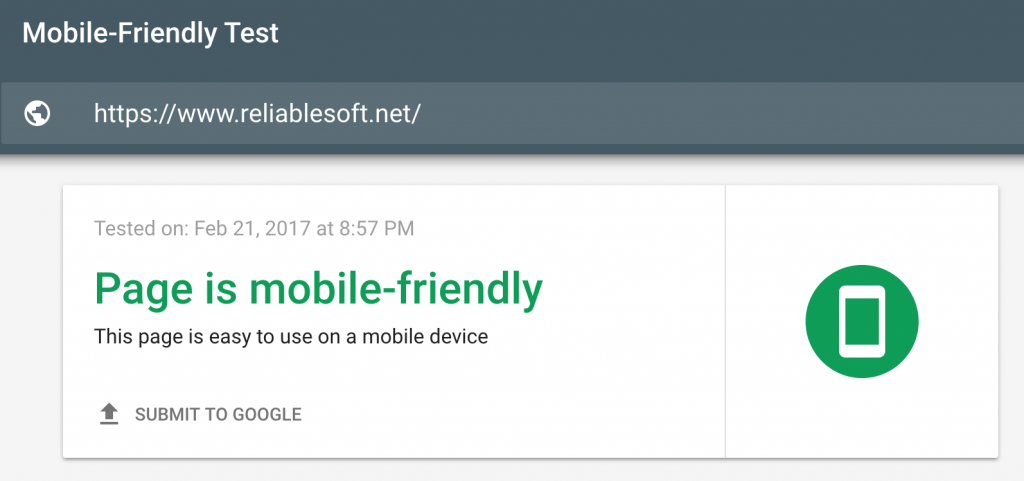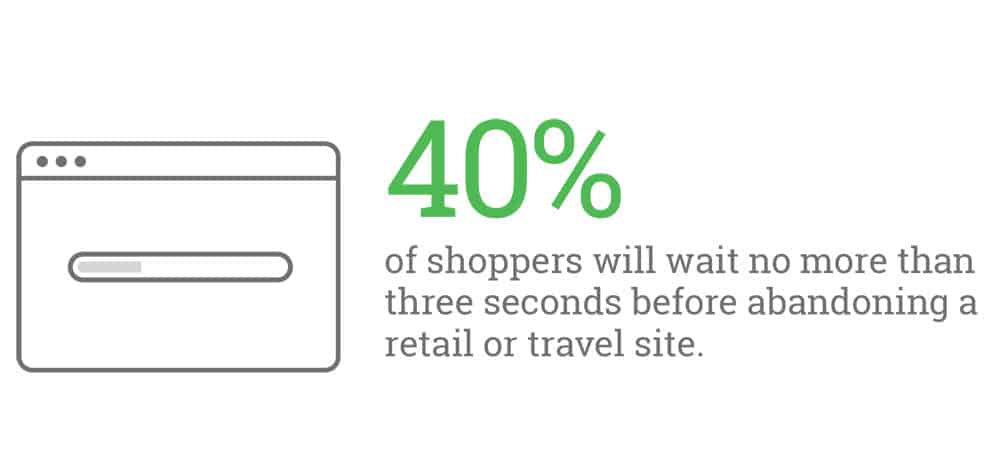Domain Authority (DA) is a number (metric) that indicates the authority of your website. The higher your domain authority is, the greater are your chances of ranking higher in search engine result pages (SERPS) and getting more organic traffic.
The Domain Authority metric was developed by Moz, but other companies have created similar metrics that rank domains based on a number of factors and give them a rating from 0 to 100.
The idea of ranking domains based on their authority emerged from PageRank that was introduced by Larry Page (one of Google’s Founders) and it is used until today as a way to measure the importance of webpages and websites.
In this article we will cover the following topics:
- What is domain authority?
- How is the domain authority calculated?
- Domain authority VS Page authority?
- How to increase domain authority
What is the domain authority (DA) of a website?
The DA of a website is a score between 0 to 100 (the higher the better), that tries to predict how well a website will rank on search engines.
It is not the same as the ranking score used by Google (PageRank) which can actually influence your rankings.
Moz (and other companies who have similar systems) are trying to simulate the Google ranking algorithm by taking into account all known factors that can possibly affect rankings, and give a score to domains that can be used for comparison purposes only.
In other words, the DA depends on the data Moz has about your website which is sometimes not as accurate as what Google knows about your website.
It’s normal for a domain to have a low Domain Authority but rank high in Google.
Other things you should know about DA:
- DA does not take into account Google penalties. A domain that is under a Google penalty naturally loses its rankings but if this is not necessarily known to Moz. So, the domain authority will still be high while the domain is under a penalty.
- Google’s ranking algorithm takes into account hundreds of factors (nobody knows exactly the number but some predictions indicate that there are more than 200) while Domain Authority takes into account 40 factors only.
- It’s not easy to change your DA score. It’s not something you can do on your website today and see the increase in domain authority immediately.
- DA is based on a logarithmic scale. This means that it’s easier to improve your Domain Authority score from 20 to 30 but it’s much harder to go from 70 to 80. As you go higher on the scale, it becomes more difficult.
- DA changes frequently so it’s not a metric to use to evaluate your SEO performance over time but rather a website metric to use for domain comparison purposes.
How is the domain authority calculated?
According to Moz, they calculate Domain Authority by taking into account a number of signals (40 in total) including:
- The number of incoming links pointing to your website.
- The quality and relevancy of incoming links
- The quality of your website’s content
- Social Signals (the popularity of your domain and contain in social media networks)
- Your website’s SEO performance in general
How to find out the DA of my website?
To find out your domain authority score, go to Moz open site explorer, type in your domain, and look at the result.
What is page authority?
Page Authority (PA) is similar to DA but instead of taking into account domain-wide metrics, it uses signals that are specific to a particular page.
The given score is a prediction that indicates the strength of a page and how well it can rank on search engines.
A website that has a lot of high authority pages, will also have a higher DA (domain authority) score.
7 Practical Steps on How to Improve your Domain Authority
Now that it is clear what domain authority is and how it is calculated, let’s see how you can improve your domain authority.
These are the 7 steps to follow to practically increase your Domain Authority Score.
Step 1: Work on Your Off-Page SEO
Step 2: On-Page SEO Optimization
Step 3: Work on Your Technical SEO
Step 4: Make Sure Your Website is Mobile Friendly
Step 5: Improve Your Page Speed
Step 6: Increase Your Social Signals
Step 7: Be Patient
Step 1: Work on Your Off-Page SEO
Your link profile is the most important metric of all. Websites that have a strong, clean profile will have a higher DA score than websites with a not-so-good link profile.
What is a strong link profile?
A website is said to have a strong link profile when:
- It has incoming links from high authority websites
- Incoming links are from related websites
- It doesn’t have bad links (low-quality links)
- It has links from a number of unique domains
How to improve your link profile?
The process of improving your link profile is known as Off-Page SEO and it is related to techniques you can use to acquire good links that will eventually improve your rankings.
To make your link profile stronger, and among other things, improve your Domain authority you need to:
Remove bad links from your profile
Get rid of bad links. This process involves using a tool like Moz Explorer or Semrush to find out the toxic links.
You can then contact the website owners and ask them to either remove the link or add the “no follow the tag” to devalue the link.
If this does not work, you can use the Google disavow tool to remove the links from your profile.
Make your link profile stronger
Gain good links from other related websites. This is the tricky part and one of the most challenging parts of SEO.
Link building is a huge topic on its own and from experience, it is something that beginners find difficult to understand and execute.
If you are a beginner to SEO, I strongly recommend to read Lesson 5 of the Complete SEO Course, which explains step by step how to approach link building.
To give you an overview of the process, there are 2 major ways to gain good links.
#1 – Natural Link building
To have great content on your website that will attract links from other websites.
This is known as ‘natural link building’ and the theory is that someone finds your website, reads your articles, they like it and link to it from one of their articles.
For this to work, it is necessary to have link-worthy content published on your website.
In other words, content that is insightful, useful, and easy to read so that other webmaster will be willing to reference it in their articles.
In practice, this process works and it is very beneficial but you need to be patient because it will take time to gain enough readership so that some of the readers will share your content in their blogs.
A good example of how natural link building works is the blog you are reading now.
My articles have been ‘naturally’ linked from websites like thenextweb, entrepreneur, marketing and, quick sprout, and a bunch of other leading industry websites.
#2 – Blogger outreach
The second way to get good links is to reach out to other webmasters and let them know that you exist.
By doing so, you increase your chances of linking to your website within their articles.
Take a look at my post, how to drive traffic to your blog, which includes email templates you can use for your email outreach and other techniques to follow and get those precious backlinks.
Step 2: On-Page SEO Optimization
The next step in improving your domain authority is to work on your on-page SEO.
On-Page SEO has to do with optimizing your page and content.
My comprehensive SEO tutorial and SEO for Bloggers articles explain in details how to improve your on-page SEO, but the most important factors are:
- Optimized titles and Descriptions
- Proper use of Headings (H1 and H2) within your content
- URL structure and SEO-optimized permalinks.
- SEO Optimizing your images, videos, and other media elements
- Using keywords naturally in your content (no keyword stuffing)
- Adding internal links to your content (this is a very powerful SEO technique)
- Formatting your content is such a way so as to have more chances of ranking in Google’s featured snippets.
It is necessary to mention again that the quality of the content is the biggest ranking factor of all for both on-page and off-page SEO.
As stated by Google in one of its SEO guides, it is important to keep your content fresh and up to date.
Step 3: Work on Your Technical SEO
Technical SEO is related to low-level SEO tasks and usually, once you get your technical SEO correct from the beginning, you don’t have to deal with it again.
On the other hand, if the technical SEO aspect of your website is not correct, then this can have a huge impact on your Domain Authority and rankings.
The critical SEO settings you need to check to include:
- Register your website with Google Search Console and Bing Webmaster tools
- Create and optimize your XML sitemap and submit it to Google
- Check your robots.txt settings and use Fetch as Google to ensure that Google and other search engine spiders can crawl your website without problems.
- Consider migrating your website to HTTPS
- Add structured data (schema) information to help search engines understand the context of your content
- Make sure that you have a properly defined breadcrumb menu on all pages
- Make proper use of hreflang (in case you have a multilingual website)
Step 4: Make Sure Your Website is Mobile Friendly
Having a mobile-friendly website is no longer optional or nice to have but it’s mandatory.

Here are a few reasons:
- Mobile searches are now more than desktop (about 60%).
- Most users start their search on mobile and then continue on Desktop
- Mobile-friendliness is a ranking factor (for showing in Google’s mobile results)
- Google is working on a mobile-first index and website’s that are not mobile-friendly will simply not be included
- Not having a mobile-friendly version of your website (or responsive website), has a negative impact on your overall Domain Authority Score.
Hint: You can also consider adding AMP (Accelerated Mobile Pages) support to your website. Read our step-by-step guide on how to make your website AMP Friendly.
If your website is not mobile-friendly yet, the best way to start is to go to Google’s Mobile-Friendly Test and run the test for your domain.
Google will give you a nice report with recommendations on how to make your website mobile-ready.

Step 5: Improve Your Page Speed
One of the known ‘signals’ of the Google ranking algorithm is page speed. Website’s that load faster, have an additional advantage over slower websites.
Improving your page speed will not only improve your rankings and domain authority but it will make the user experience better and this translates to more sales, leads, and signups.

It’s not always easy to tackle the page speed issue. There are a lot of technical elements involved and if you are not a developer or someone with technical knowledge, it can be very difficult.
Nevertheless, if you cannot afford to hire a developer to increase the loading speed of your website, you can check the following:
- Remove unnecessary plugins
- Upgrade WordPress (and plugins) to their latest versions
- Contact your hosting provider and ask them to give you a report on your server’s performance. If necessary, upgrade to a more powerful server.
- Use a caching plugin (such as w3total cache)
- Optimize the file size of images
- Use a streaming service (like YouTube) for videos
- Use a CDN (content delivery network) in case you have big CSS files and many images
Step 6: Increase Your Social Signals
Although officially Google has many times stated that social signals are not part of the Google Ranking algorithm, there is a clear coloration between pages that rank high on Google and social signals.
Pages that are popular in Google tend to have many likes, shares, and tweets.
For the purpose of increasing your domain authority what you need to do is:
- To work on your Facebook business page and try to increase your followers
- To make sure that you have an active social media presence in some of the social networks so that the content you share will get some traction (likes, tweets, +1s, etc)
- To ensure that you have a social media button on your pages to make it easy for readers to share your content
- To check that your content looks good when shared using the social sharing buttons
Step 7: Be Patient
As mentioned in the introduction of this post, increasing your domain authority is not something that can be done overnight.
It will take time for Moz crawlers to read and evaluate your website after you make any of the above changes, so you need to be patient.
Working systematically on improving your google rankings will also have a positive effect on your domain authority score.
Conclusion
To wrap it up, don’t be too obsessed about your domain authority score. It’s just a number that shows how strong your domain is, compared to other domains that exist in the Moz database.
A low DA score does not mean that your website will not perform well on Google.
A high DA score means that you are on the right path, but it does not guarantee that you will get better rankings or traffic, it is just a prediction.
Always try to think of the big picture, which is to build a website that over time will achieve solid rankings in Google and other search engines.



